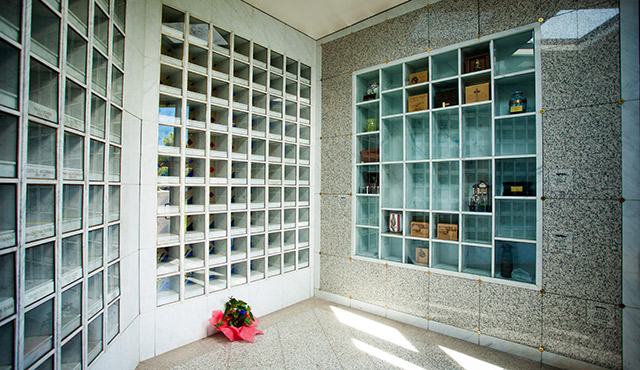For much of the history of the Church, cremation was prohibited. When you died, your body was buried. The practice of reducing a body to ashes was, for centuries, seen by the Church as a repudiation of life after death and the resurrection of the body. In particular, the ancient Roman practice of cremating bodies as a rejection of an afterlife ran counter to Scripture, which teaches that humans are made in the image and likeness of God and that the body must be respected in this life and the next.
However, in 1963, the Church began to allow cremation. Today, though the Church still holds a preference for a full body burial, more and more Catholics have become aware of the acceptance of cremation, and its popularity continues to rise.
Cremation—a process that is used by a licensed crematorium that involves applying intense heat (approximately 1,800 degrees) for two to three hours to a body, reducing it to about four to ten pounds of calcium bone fragments—was the prevailing custom in the ancient civilized world except in Egypt, Judea and China. By the 5th century, cremation had mostly been abandoned in the Roman Empire because of Christian influence.
“In 1997 the U.S. Bishops saw a pastoral need for cremation and voted to allow the practice of cremation and obtained formal approval from Rome,” says Lesa Truxaw, Director of the Office of Worship for the Diocese of Orange.
The “Catechism of the Catholic Church” is brief in its reference to cremation: “The Church permits cremation, provided that it does not demonstrate a denial of faith in the resurrection of the body.” (No. 2301)
Still, the U.S. Conference of Catholic Bishops emphasizes that proper respect for human remains must be maintained: “The Church’s reverence and care for the body grows out of a concern for the person whom the Church now commends to the care of the God. The human body is so inextricably associated with the human person that is hard to think of human person apart from his or her body.”
The Church prefers that cremation take place after the funeral liturgy with the body present. However, since 1997 the Vatican has granted permission to allow funeral masses with presence of the ashes.
The Cremation Association of North America estimates roughly out of 2.6 million deaths each year there are 471,000 cremations (20 percent). In 2015 the percentage of cremations has risen above 33 percent.
For many, Catholics included, the issue is money. Some families, say parish sources, can be overwhelmed by the expense of a traditional funeral that involves burial.
The numbers of Catholics opting for cremation are significant. Michael Wesner, the Director of Catholic Cemeteries in Orange County, estimated that currently between 30 to 40 percent of Catholics are choosing cremation and that the four Orange County Catholic cemeteries follow the Church’s guidelines for cremation.
“Bodies cremated must be treated with respect and the remains be placed in a respectful vessel and receive a proper burial in consecrated ground and treated in the exact same manner than that of a body in a casket,” Wesner says.
“Scattering ashes in the redwoods or at sea or keeping them on the mantle or buried in the back yard is not allowed by the Church. Scattering ashes would desecrate a body.”
It is a symbol of the faith, say diocesan sources, that the ashes of a deceased person are kept together and not divided among family members, for example.
“The body is the temple of the Holy Spirit and must be treated in a dignified fashion,” says Truxaw. “Parishioners should speak with their pastor about cremation. A growing shortage of burial spaces, environmental concerns and financial decisions are a few reasons why Catholics are choosing cremations.”

